REHMANNIA GLUTINOSA
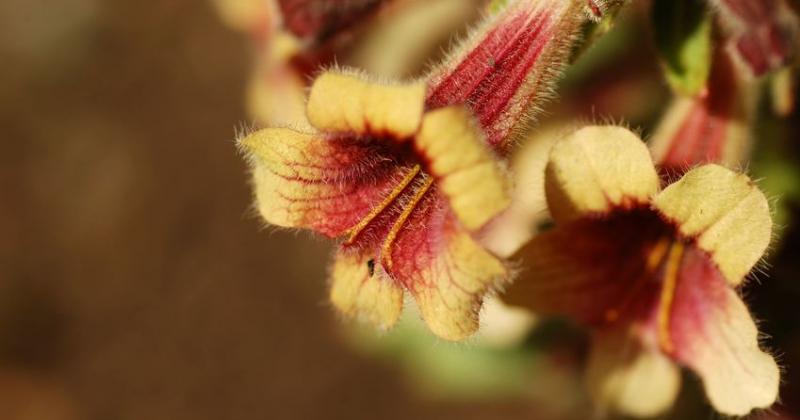 />
/>
Rehmannia Glutinosa is a perennial herbaceous plant up to 10-30 cm high. The whole plant is pubescent with soft gray-white hairs. The roots are fleshy, spindle-shaped, tuber-shaped, thickened, with a light crust. Stems are straight, almost leafless. The leaves are elongated-obovate, wrinkled, collected in a basal rosette. Flowers are large, funnel-shaped, almost white, purple-violet in the pharynx, collected in a rare apical raceme. The corolla tube is curved, the calyx is cherry-red, longitudinal-furrowed. Fruits are egg-shaped boxes with numerous small seeds. Blooms in March-May. read more ›
RHODIOLA ROSEA
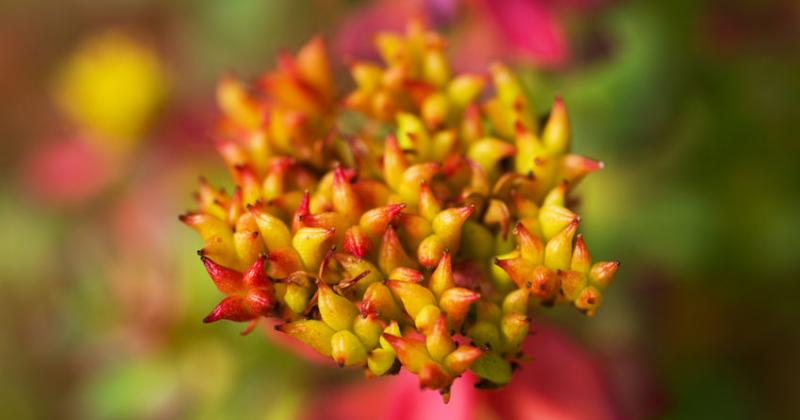 />
/>
Rhodiola Rosea is a perennial succulent dioecious herbaceous plant with a powerful horizontal rhizome and tender additional roots. Leaves are sessile, alternate, oblong-ovate, elliptical or pointed, plain or serrate-dentate in the upper part. Inflorescence is corymbous, multiflorous. Flowers are yellow, same-sex, four-, rarely five-membered. Fruits are erect and greenish. The flowering time is June-July, the ripening of fruits takes place in July-August. read more ›
WAX GOURD
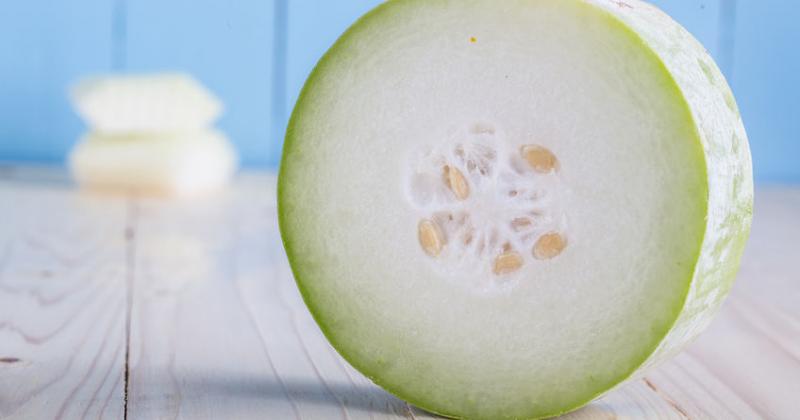 />
/>
Benincasa hispida is a grassy vine in the Cucurbitaceae family. Initially, the plant was cultivated only in the countries of South-East Asia, then it has widely spread in the countries of South and East Asia. The fruits of the wax pumpkin have medicinal properties and are widely used in folk medicine, for example, in China. read more ›
CORDYCEPS
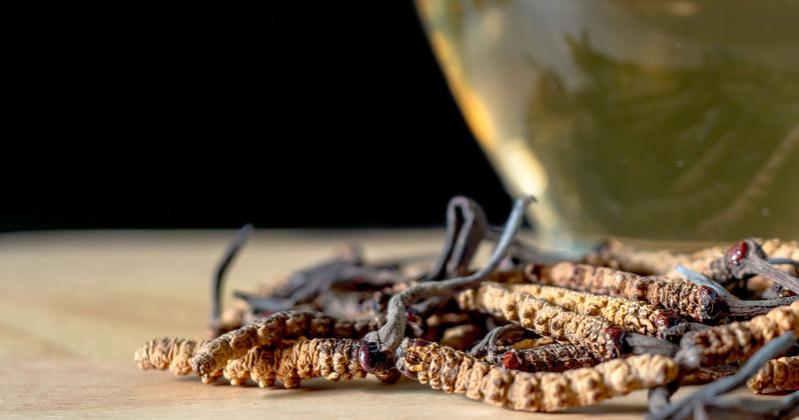 />
/>
Cordyceps Sinensis is a species of fungi from the Ophiocordycipitaceae family. It acts as a parasite and grows on insects. In the warm season, the cordyceps spore penetrates into the larva of one of the butterfly species (Hepialus armoricanus), with the onset of vegetation, this spore is transformed into a root. read more ›
AMERICAN GINSENG
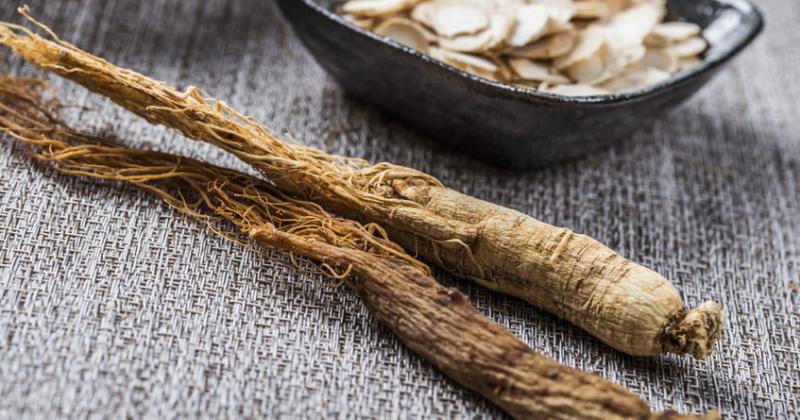 />
/>
Panax Quinquefolius grows in the mountains in the northeast of America and Canada. It has a small rounded shape. It is grown for commercial purposes, therefore wild-growing roots are highly valued and are more expensive. Panax Quinquefolius is the only species of ginseng, which has cooling properties. read more ›
GENTIANAE
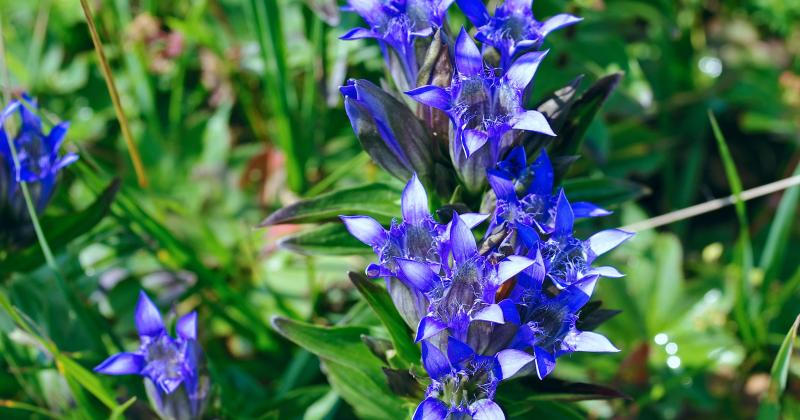 />
/>
Gentianae Macrophyllae is a perennial herbaceous plant with a thick rhizome and rosette of large basal leaves. Flowers are dark blue, collected in whorls, located on the top of the stem and in the sinuses of the upper leaves. Blossoms from the middle of June to the middle of August. read more ›
WHITE FUNGUS
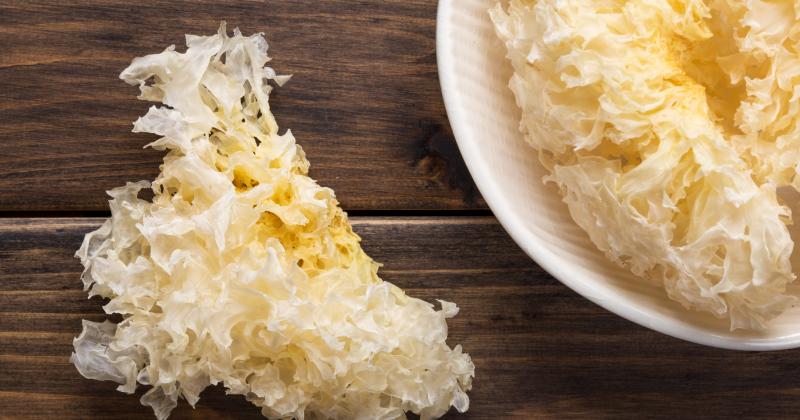 />
/>
Tremella Fuciformis contains 70% of dietary fiber, protein, carbohydrates, fats, fiber, proteins, 18 valuable amino acids (including alanine, valine, tyrosine, proline, spermine, lysine, glycine, serine, glutamic acid, asparagine, cystine, histidine, methionine), minerals and plant glycogen (trehalose, mannitol and pentosan). The mushroom also contains a large amount of calcium, phosphorus, potassium, iron, magnesium, sodium, sulfur, and a small amount of B vitamins. read more ›
MOUTHWATERING AND DELICIOUS MANDARIN
 />
/>
A tree of small size, usually not exceeding 4 m in height; By the age of 30, however, can reach a five-meter height. Young shoots are dark green. The leaves are relatively small, ovoid or elliptical. The flowers are single or double in the axils of the leaves. Petals are matte-white, stamens are mostly with underdeveloped anthers and pollen. read more ›
AILANTHUS
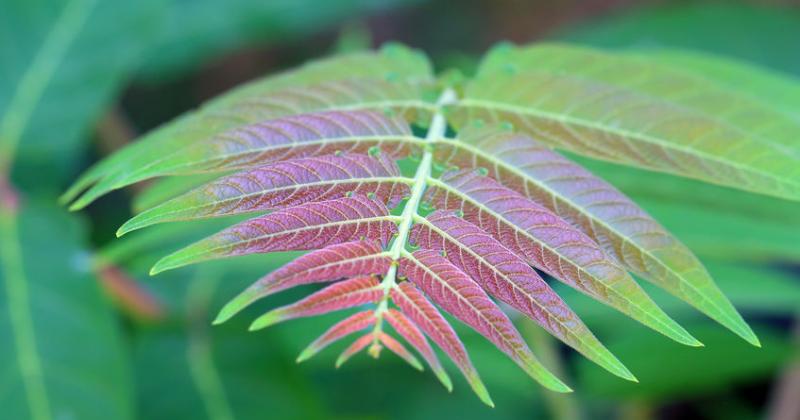 />
/>
Ailánthus altísima is a tree in the Simaroubaceae family. The tree grows rapidly, reaching a height of 20-30 m, that's why it was called the Tree of Heaven. Leaves are alternate complex, odd-pinnate, up to 60 cm long. Flowers are same-sexed, in paniculate inflorescences up to 20 cm long. Fruit is a samara. read more ›
DA XUE TENG PROFILE
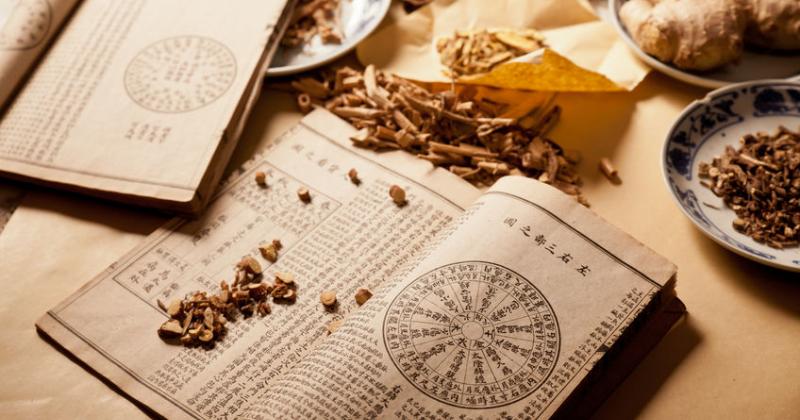 />
/>
Sargentodoxa cuneata is a species of the Lardizabalaceae family. This dioecious curly shrub reaches 10 m in height. Leaves are falling, divided into three parts, located on long petioles. read more ›
TORMENTILLA
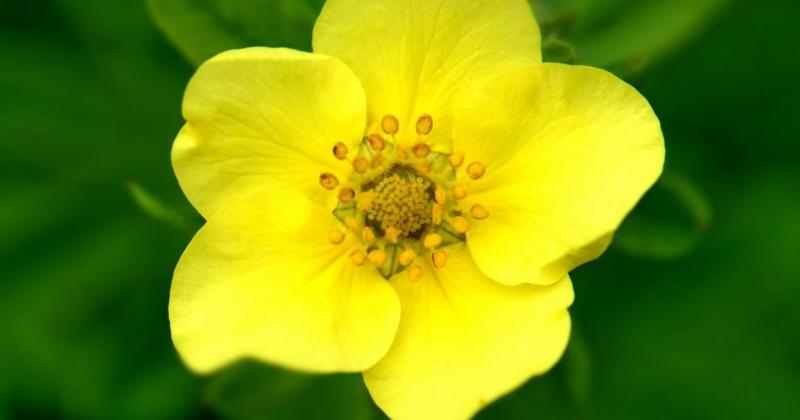 />
/>
Potentilla erecta is a perennial herb, 15 to 50 cm height. Rhizome is cylindrical, woody, short, almost horizontal, unevenly thickened, curved or straight. Stem is erect, branching on top. read more ›
HONEYSUCKLE
 />
/>
Lonicera japonica is a species of the genus (Lonícera) from the family (Caprifoliaceae). It is a semi-evergreen or evergreen, creeping fast-growing liana up to 10 m in length. Young shoots are pubescent. Leaves are ovate-oblong, less often oblong-elliptical, with slightly hairy on both sides, having minute cilia. read more ›
CLEMATIS
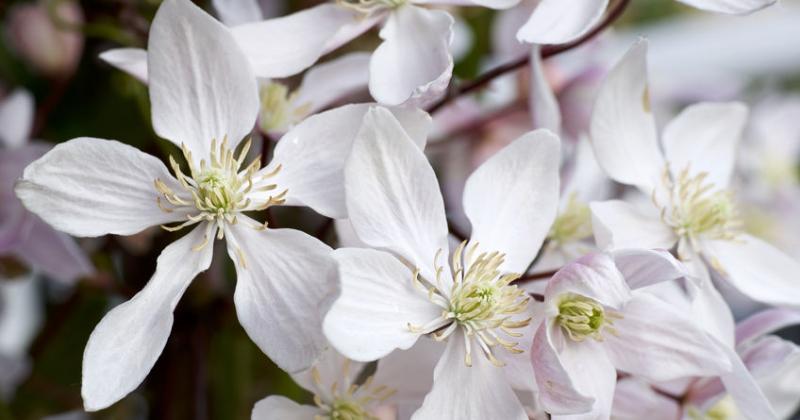 />
/>
Clematis is a species of flowering plants of the genus Clematis in the family Ranunculaceae. It is an evergreen woody liana up to 5 m long. Leaves are sessile on curly petioles 1-3 cm long, oblong-ovate, turning into lanceolate, 8-15 cm long, acuminate, rounded or slightly cordate at the base of petiole, with 3 leaf veins, plain. Flowers are panicle-shaped, white, 3-6 cm in diameter, are large in number. read more ›
SUNNY AND ORANGE PERSIMMON
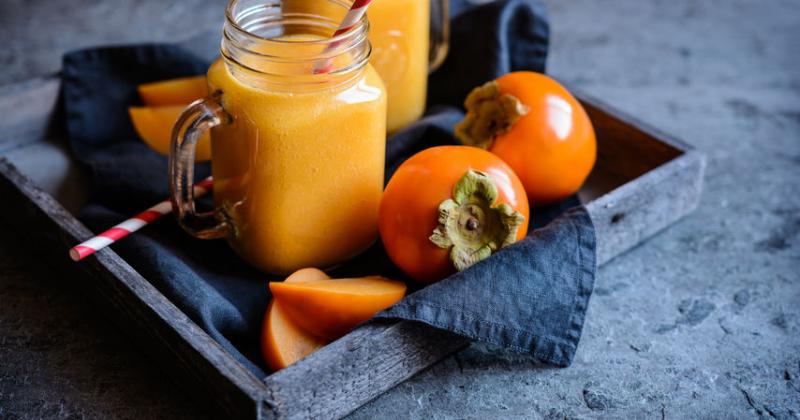 />
/>
Persimmon fruits contain a large amount of water, ashes, proteins, carbohydrates, organic acids and tannins. This fruit is also rich in potassium, calcium, magnesium, phosphorus and iron, as well as vitamins A, C and P. read more ›
ARISAEMA
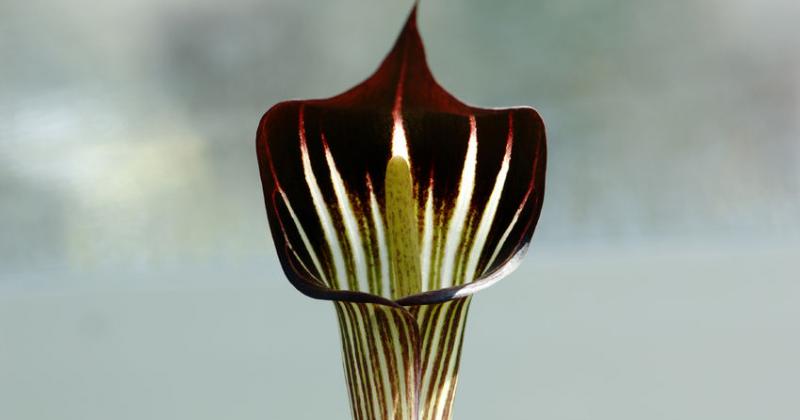 />
/>
Arisaema Amurense is a perennial herbaceous plant, species of the genus Arizema (Arisaema). The plant has 1-3 leaves. Petioles are long, forming a false stem. Leaf blades are trifid or five-fingered. The leaves are sometimes covered with whitish mottlings. Pedicel is shorter than petioles. The spadix is dioecious. Fruit is red, narrow-conical berry. read more ›
LONGAN: DELICIOUS EXOTIC FRUIT
 />
/>
An evergreen tree that is cultivated in China, Thailand, Taiwan, Vietnam and Indonesia for edible fruits; It is a species of the genus Dimocarpus in the family Sapindaceae. The trees are about 10 meters high, but sometimes they can reach 40 m in height. The color of a strong inedible outer shell of the fruit is from a spotty yellow to a reddish color. read more ›
POTATO
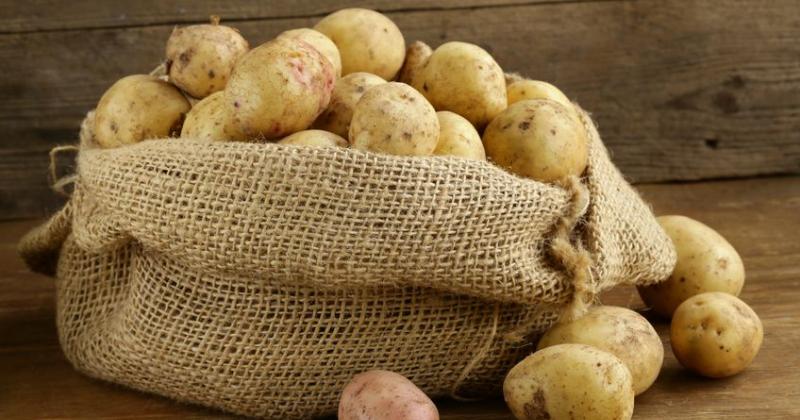 />
/>
Solanum tuberosum is a species of perennial tuberous herbaceous plants of the Solanum genus in the Solanaceae family. It reaches a height up to 1 meter. Stem is bare, ribbed. Part of the stem, immersed in the soil, produces long shoots (length 15-20 cm). Potato leaf is dark green. read more ›
ECHINACEA
 />
/>
Echinacea is a perennial herbaceous plant up to 70-80 (100) cm height with sturdy, slightly branched stems. The lower leaves are rosette, broadly oval, large, on long petioles; the upper ones are lanceolate and sessile. read more ›
THE MAGIC OF CHAMOMILE
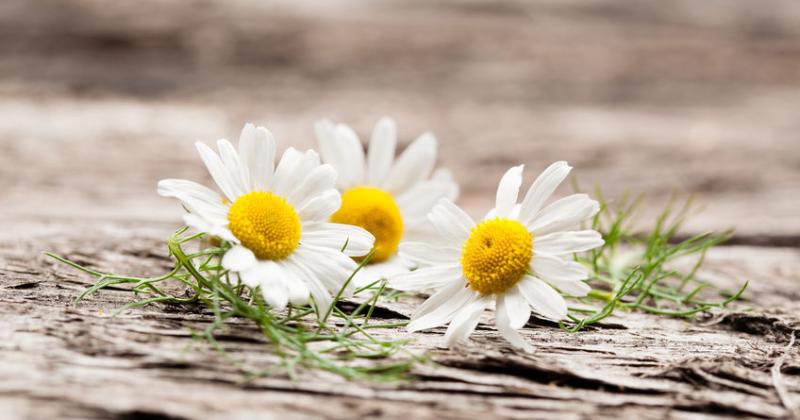 />
/>
The greatest concentration of valuable chemical compounds is observed in flowers of chamomile coumarin compounds, bioflavonoids (apigenin, luteolin, minor amounts of quercetin), compounds of polyols, salicylic, caprylic, antimisic organic acid, phytosterol, vitamins (ascorbic, nicotinic acids), carotene, polysaccharide compounds, protein, tannins, bitterness, gum, mucus. read more ›
BILBERRY
 />
/>
Bilberry is a bush of 10-50 cm high. Leaves are alternate, ovate, almost sessile, spirally located, elliptical; the leaves on the top are acuminate. The plant has a creeping rhizome which gives a large number of shoots. It blooms in May. The flowers are greenish-white. The fruit is bluish-black or simply black. It can contain up to 40 seeds inside, but the average amount is usually about 20 seeds. Birds eat fruits and spread the seeds which are non-digestible in their stomach. read more ›
